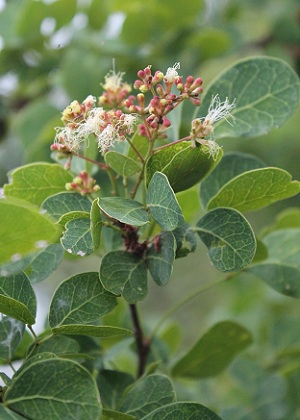
Copyright by: George D. Gann
in habitat, Everglades National Park, Key Largo, Florida, 2013
Family: Fabaceae
Group: Dicot
Substrate:
Terrestrial
Habit:
Shrub
Perennation:
Perennial
Native Range: Peninsular Florida, the West Indies, Central America and South America.
Map of select IRC data for peninsular Florida
IRC SOUTH FLORIDA Status:
Secure
SOUTH FLORIDA Occurrence:
Present
SOUTH FLORIDA Native Status:
Native
SOUTH FLORIDA Cultivated Status:
Cultivated
Comments: Visit our
Natives For Your Neighborhood website for more information and images. For a digitized image of Elbert Little's Florida range map, visit the
Exploring Florida website.
